Hot Stories
Recent Stories
See List Of 7 Inventors Killed By Their Inventions
Posted by Odinaka on Thu 23rd Jul, 2015 - tori.ngWe've compiled some of the sad but fascinating stories of seven inventors who died at the hands of their inventions. Let their stories serve as lessons for those of us who dream big.
The life of an inventor is not an easy one. First you have to come up with a good idea that solves a problem in a way that no one has thought of before, and then you need to design and engineer your idea to take it from theory to reality. The very nature of invention means that inventors are continuously pushing the boundaries of what’s possible. This drive to discover the next Big Thing has been a boon to humanity and has given us inventions like the steam engine, the automobile and the personal computer. It's the major reason why we're still not huddled in caves fighting off wolves and cowering at the crack of thunder.
But invention is a fickle mistress and has proved to be a dangerous undertaking for many a would-be Edison. Things go wrong, inventions break or don't work as the designers intended, and sometimes inventors are killed by the very ideas they brought to life. We've compiled some of the sad but fascinating stories of seven inventors who died at the hand of their inventions. Let their stories serve as lessons for those of us who dream big.
1. Henry Smolinski

Henry Smolinski was a Northrop-trained engineer who left his job to start Advanced Vehicle Engineers, a company focused on bringing a flying car to market. In 1973, the company built its first two prototypes made by fusing the rear end of a Cessna Skymaster airplane with a Ford Pinto. The tail section was designed to be attached and detached from the car.
Smolinski was set to begin production for the retail market the next year, but on Sept. 11, 1973, he went on a test flight with pilot Harold Blake and was killed, along with Blake, when a wing strut detached from the car. The National Transportation Safety Board ruled that bad welds were responsible for the crash. (And it did involve a Pinto.)
2. Franz Reichelt
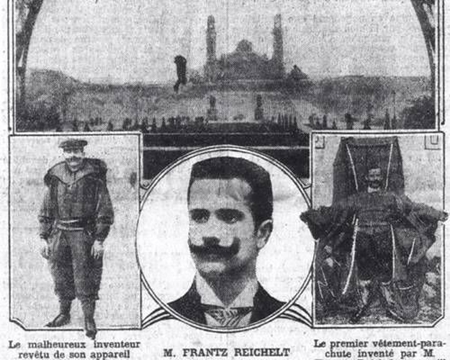
Franz Reichelt was an Austrian-born French inventor who made a living as a tailor but spent his free time working on a flying parachute suit designed to be worn by airplane pilots. Airplanes were a relatively new invention when Reichelt was working on his design, having only been flown for the first time in Kitty Hawk in 1903, and the mechanics of how a pilot would escape a damaged plane were still being worked out. Reichelt's first tests were performed using dummies and were successful enough for him to test the suit himself, which he did by jumping off the lower level of the Eiffel Tower. The 187-foot fall onto frozen ground killed him instantly.
3. Horace Lawson Hunley
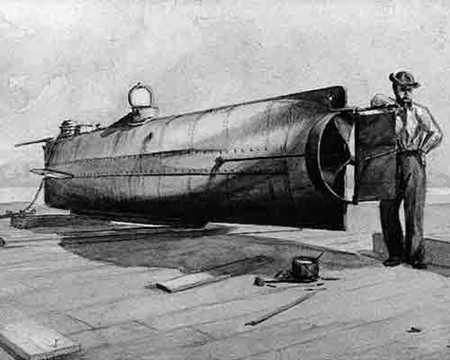
Horace L. Hunley was a lawyer and a member of the Louisiana state legislature who had a thing for submarines. He helped design and build three different models for the Confederacy during the Civil War and was ultimately killed when his third design went under. His first submarine was built in New Orleans and was intentionally sunk when the city fell to the Union in 1862, and his second submarine sunk in Mobile Bay in Alabama. Hunley funded his third submarine himself, and on Oct. 15, 1863, Hunley, along with seven crewmembers, died when the sub that carried his name sank in the waters off Charleston, S.C. The Confederacy recovered the sunken sub and sent it back out with a new crew who managed to stay alive and also managed a major accomplishment: to sink a ship. It was the first ship to be taken down by a submersible vessel. However, the Hunley disappeared on this first and last successful mission, taking its third crew to the bottom of the sea.
4. Thomas Midgley Jr.
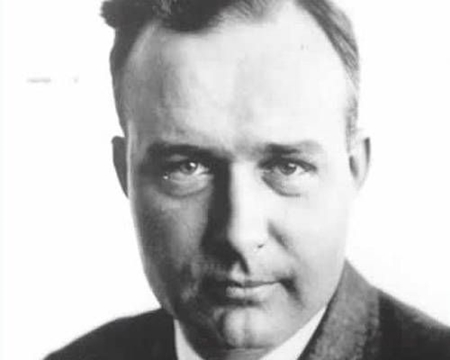
Thomas Midgley Jr. was a highly decorated chemist best known for his work with "no-knock" or leaded gasoline and the greenhouse gas Freon. He suffered from lead poisoning and once poured leaded gasoline all over his hands and sniffed from a flask of it for 60 seconds during a press conference to prove the fuel was safe. One might assume that Migley died of lead poisoning, but he was actually killed by another one of his inventions — the rope and pulley system he built to support his body while he was in bed suffering from polio. He became entangled in the ropes on Nov. 2, 1944, and suffocated.
5. Marie Curie
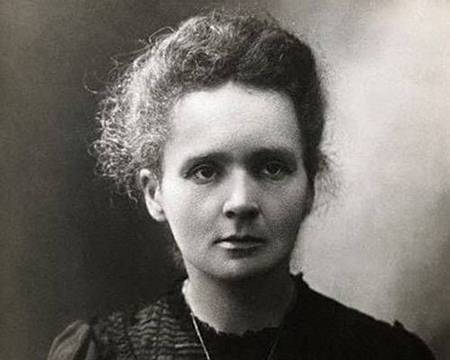
Marie Curie was a physicist and chemist best known for her work on radioactivity; however, she also discovered the elements polonium and radium. She was awarded two Nobel Prizes — one in physics which she won jointly with her husband and Henri Becquerel, and another in chemistry — and was the first person to win two Nobel Prizes. She is still one of only four people (along with Linus Pauling, John Bardeen and Frederick Sanger) to accomplish that feat. Curie is responsible for establishing the theory of radioactivity, but unfortunately she unwittingly also discovered the fatal effect radioactivity can have on your health; she died on July 4, 1934, of aplastic anemia caused by radiation exposure.
6. Perillos of Athens
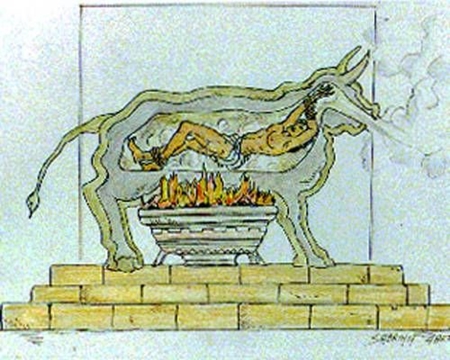
Of all the inventors on this list, this guy may be the one who most deserved to die at the hand of his own invention. Perillos was a bronze worker who designed a device called the Brazen Bull to be used to painfully execute criminals. The Brazen Bull was a hollow bull. Prisoners were locked inside and roasted to death by a fire underneath. The device was even designed to channel the screams of the burning prisoner out of its nose to sound like a bull. Perillos pitched his invention to Phalaris, a tyrant lord of Acragas in Sicily. After Perillos showed Phalaris the bull, the inventor was put inside and a fire was lit underneath him. History isn't clear about if Perillos was pulled out before dying, only to be thrown off a cliff by Phalaris' men, or if he expired within the bull. Either way, the bull did him in.
7. Valerian Abakovsky
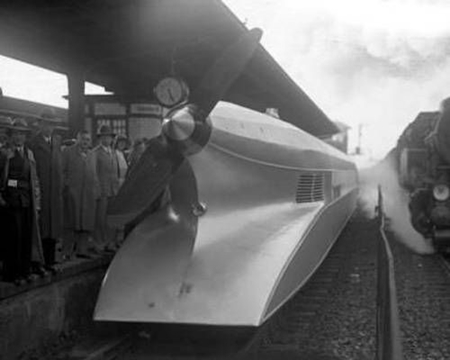
Valerian Abakovsky was a Russian inventor who died when his invention, the high-speed Aerowagon train engine, derailed on a test run, killing Abakovsky and five others. The Aerowagon had an airplane engine and propeller and was designed to carry Soviet officials to and from Moscow. Abakovsky's invention worked fine on the outgoing leg of the test run but crashed during its return to the capital city. Abakovsky was just 26 years old.
Top Stories
Stories from this Category
Recent Stories















































